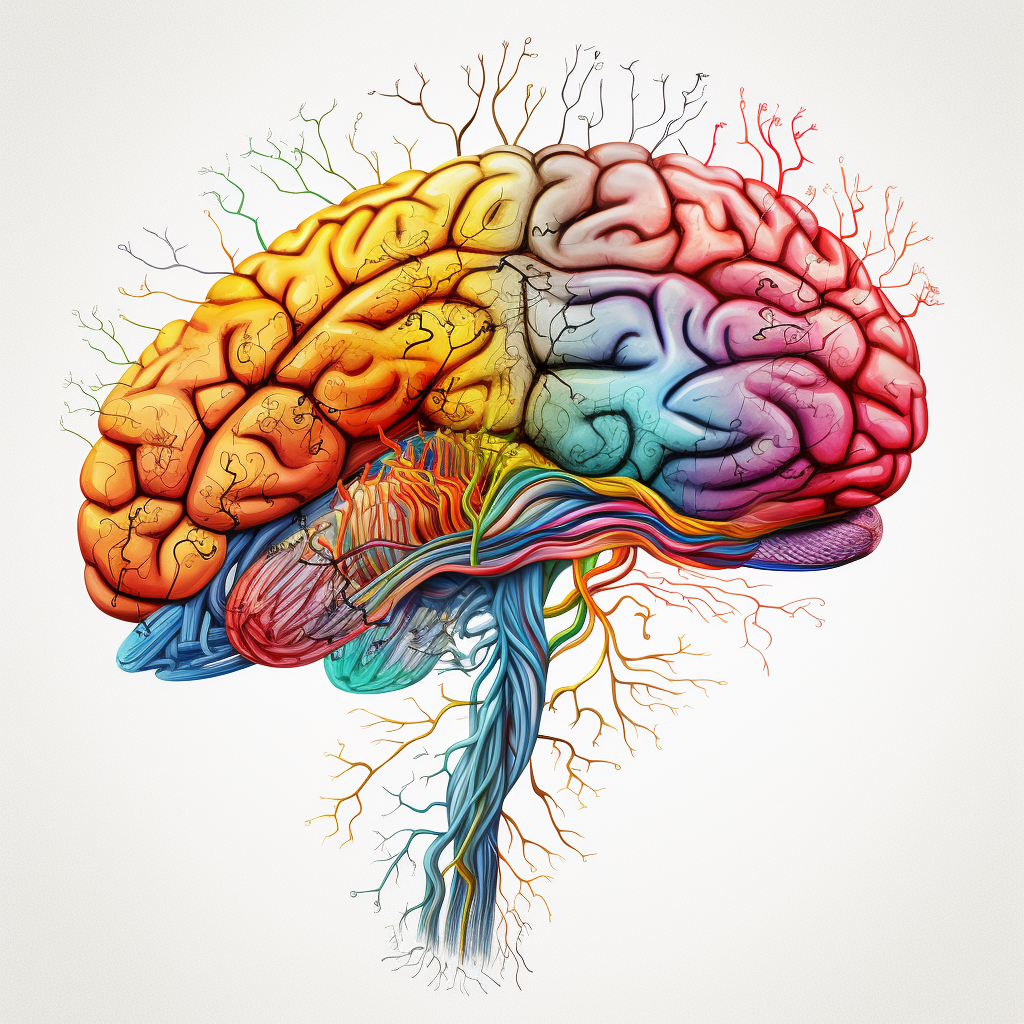As we celebrate Global Accessibility Awareness Day this week, it's essential to remember that digital accessibility isn't just about physical challenges. While screen readers for the visually impaired or closed captions for the hearing-impaired are critical, there is an equally important but less discussed aspect of accessibility: cognitive accessibility.

Cognitive accessibility refers to how intuitive and straightforward a digital interface is for all users, including those with cognitive disabilities or differences. These can range from learning disabilities such as dyslexia to neurodivergent conditions like autism or ADHD, and even include age-related cognitive decline.
Designing for cognitive accessibility is a challenge, not because it's complicated, but because it's often overlooked. Many discussions around web accessibility focus on obvious, physical limitations, leaving cognitive accessibility in the shadows. However, with the right approach, we can shed light on this critical area.
Let's explore three ways in which we can enhance cognitive accessibility in our web design:
-
Consistent Navigation
Consistency is key in web design, but it takes on added significance when considering cognitive accessibility. Users should be able to predict how to interact with your site based on their previous experiences on the same site.
Consistent navigation means maintaining a uniform layout and design throughout the site, ensuring that key navigational elements appear in the same place on every page. This makes it easier for users to understand the structure of the site and find the information they need. For instance, placing the main menu, search bar, and footer links consistently helps users predict where to find functions and reduces cognitive effort.
Additionally, breadcrumbs can be an effective tool for providing users with a clear path through your site and helping them understand where they are in relation to other pages. This is particularly helpful for users with memory-related cognitive impairments. Simple, clearly labeled links and avoiding jargon in your navigation can also improve the user experience significantly.
- Reducing Cognitive Load
"Cognitive load" refers to the amount of information a person's working memory can handle at one time. By minimizing cognitive load, we can make our websites more accessible and user-friendly. This might involve simplifying text, using visuals to support understanding, or breaking down complex tasks into manageable steps.
Complex text:
"Users can utilize our platform's robust suite of features to seamelssly navigate a diverse array of digital tasks."
Plain language text:
"You can use our platform's tools to easily handle different online tasks."
Simplifying text can help reduce cognitive load. Visual aids like diagrams, infographics, and images can also help to explain complex information in a simpler way. A clean and uncluttered design, free from unnecessary animations or distracting elements, can further reduce cognitive load. Remember, it's essential to provide clear instructions for any tasks that users need to complete, like filling out a form or making a purchase. The goal is to make your site as intuitive and easy-to-use as possible, regardless of the user's cognitive abilities.
- Empowering User Control
Allowing users to control their experience can be a game-changer. This might include letting users adjust the text size, choose between different color themes, or even personalize the layout of the website to suit their needs. Additionally, users should be able to control any moving, blinking, or scrolling content, as these can be distracting or even disorientating for some people.
Another aspect of user control is predictable functionality. Links, buttons, and forms should behave in the way users expect them to. For example, clicking on a button should produce an immediate and obvious result. It's also important to provide clear error messages and guidance when users make mistakes, helping them to understand and rectify the issue without frustration. Empowering user control in these ways can make your site more accessible and user-friendly, ultimately leading to a better overall user experience for everybody.
Cognitive accessibility is a vital, but often overlooked, aspect of digital accessibility. As we mark Global Accessibility Awareness Day, let's commit to creating more inclusive digital spaces that cater to all users' needs, including those with cognitive differences.
As a small web development consultancy specializing in digital accessibility, we are dedicated to pioneering accessible design, including the often-ignored area of cognitive accessibility. Let's work together to break down the invisible barriers that prevent everyone from fully enjoying the digital world.
Thank you for joining us on this journey. Happy Global Accessibility Awareness Day!
Topics: Web Accessibility, Inclusive Design
Here at Magnolia Development, we are proud to be part of the movement towards digital inclusivity. To learn more about our services and how we can help you make your website more accessible, please visit our accessibility services page or contact us directly.
Remember, an accessible website is not just a socially responsible decision; it's also a smart business move. The wider the range of people who can use your site, the larger your potential customer base. In the spirit of Global Accessibility Awareness Day, let's move towards a more inclusive digital world, one website at a time.

For more information about our work or to schedule a consultation about your website's cognitive accessibility, don't hesitate to get in touch. Together, we can make the digital world a more accessible place for everyone.

